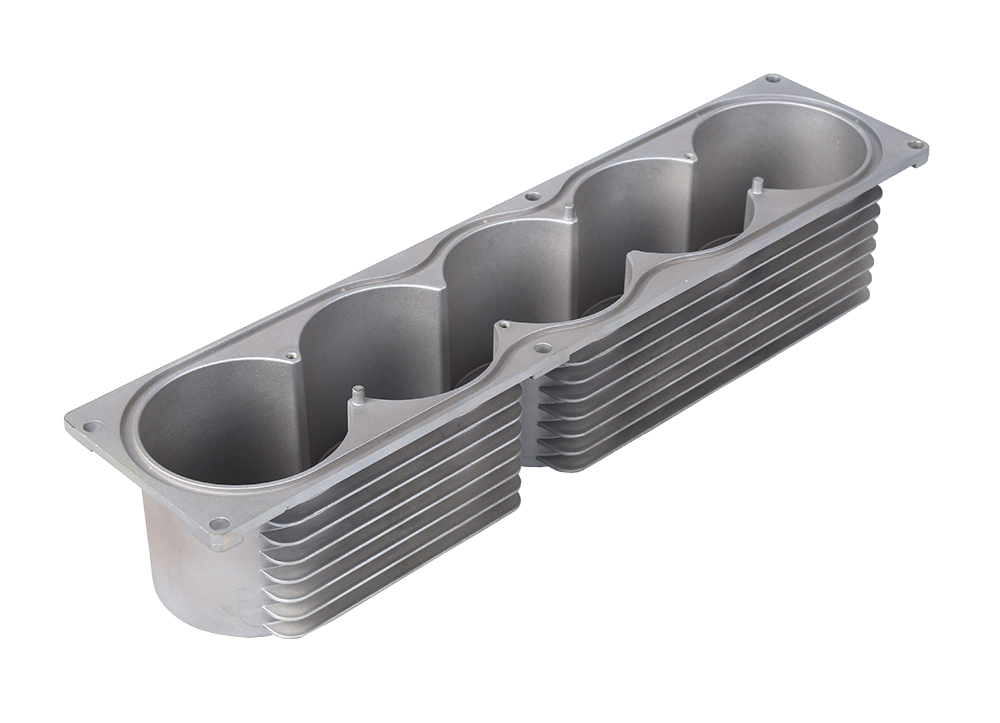Time:2022-12-01 Preview:
1. Mechanical polishing.
Mechanical polishing of metal die-casting is a mode of obtaining smooth surface by cutting and plastic deformation on the material surface, removing the polishing back bulge, usually using an oilstone stick, a hair wheel, and sandpaper,. For materials with high surface quality requirements, ultra precision polishing can be used. Ultra precision polishing refers to a polishing form in which the polishing hydraulic pressure containing abrasives is rotated at a high speed on the machined surface of the metal die casting with a special grinding tool.

2. Chemical polishing.
The chemical polishing of metal die casting is to make the micro convex part of the metal die casting plate surface dissolve in the chemical medium preferentially than the concave part, so as to obtain a smooth surface. The main advantage of this method is that complex hardware die castings can be polished without complex equipment, and multiple hardware die castings can be polished at the same time. At the same time, the efficiency is also high. The core problem of chemical polishing is the preparation of polishing solution. The surface roughness obtained by chemical polishing is generally 10 μ m
3. Electrolytic polishing.
The basic principle of metal die-casting electropolishing is the same as that of chemical polishing, that is, by selectively dissolving the small protrusions on the material surface, the surface becomes smooth. Compared with chemical polishing, it can eliminate the influence of cathodic reaction and has better effect.
How is metal die casting carried out?
For hardware die-casting, hot chamber die-casting is generally used to make the casting die casting alloy in a state corresponding to the metal temperature in the holding furnace. At this time, overheating is relatively small. For cold chamber die-casting, in order to produce relatively thin die-casting parts, and to obtain low temperature chambers without other defects and more complete die-casting
Hardware die castings have a series of development characteristics, such as high precision and regular size, which can be directly used in many different occasions, such as enterprise electronics and telecommunications. How to obtain complete die castings?
In the processing of metal die castings, the processing temperature needs to be strictly controlled. When handling hardware die castings, workers shall ensure that the temperature is as accurate as possible or slightly higher than the liquidus temperature of the alloy used for hardware die castings. The liquidus temperature is much higher than the solidification temperature range of the main alloy parts. The temperature can be reduced by adding a small amount of high melting point metal that will not damage the alloy, and then the production can be completed by selecting the appropriate die casting temperature between liquidus temperature and solidus temperature.
Semi solid die casting process is adopted when hardware is die cast on cold chamber die casting machine. The die casting temperature is lower than the liquidus and freezing point of the alloy. Hardware die castings are liquefied through the "spray effect" of the inner gate to obtain complete die castings to complete production.
 Related News
Related News· How to Improve the Service Life of Large CNC Drilling Machines ·CNC processing center is also very important to choose a folder · Start up debugging of CNC machining center machine tools for large-scale drilling iron drilling and ·What is the application scope of metal aluminum die-casting so wide ·CNC parts processing process process process is excessively decentralized ·What should be paid attention to when processing precision hardware parts? ·Processing Technology of Automobile Hardware Parts ·Let us take a look at the benefits of using CNC processing occupations. ·What to do with metal die casting defects? ·Application and Characteristics of Aluminum Hardware Die Casting Products in Daily Life


